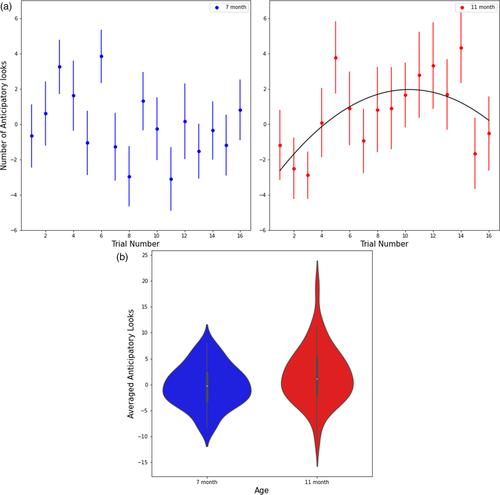The development of skills related to executive function (EF) in infancy, including their emergence, underlying neural mechanisms, and interconnections to other cognitive skills, is an area of increasing research interest. Here, we report on findings from a multidimensional dataset demonstrating that infants’ behavioral performance on a flexible learning task improved across development and that the task performance is highly correlated with both neural structure and neural function. The flexible learning task probed infants’ ability to learn two different associations, concurrently, over 16 trials, requiring multiple skills relevant to EF. We examined infants’ neural structure by measuring myelin density in the brain, using a novel macromolecular proton fraction (MPF) mapping method. We further examined an important neural function of speech processing by characterizing the mismatch response (MMR) to speech contrasts using magnetoencephalography (MEG). All measurements were performed longitudinally in monolingual English-learning infants at 7- and 11-months of age. At the group level, 11-month-olds, but not 7-month-olds, demonstrated evidence of learning both associations in the behavioral task. Myelin density in the prefrontal region at 7 months of age was found to be highly predictive of behavioral task performance at 11 months of age, suggesting that myelination may support the development of these skills. Furthermore, a machine-learning regression analysis revealed that individual differences in the behavioral task are predicted by concurrent neural speech processing at both ages, suggesting that these skills do not develop in isolation. Together, these cross-modality results revealed novel insights into EF-related skills.



